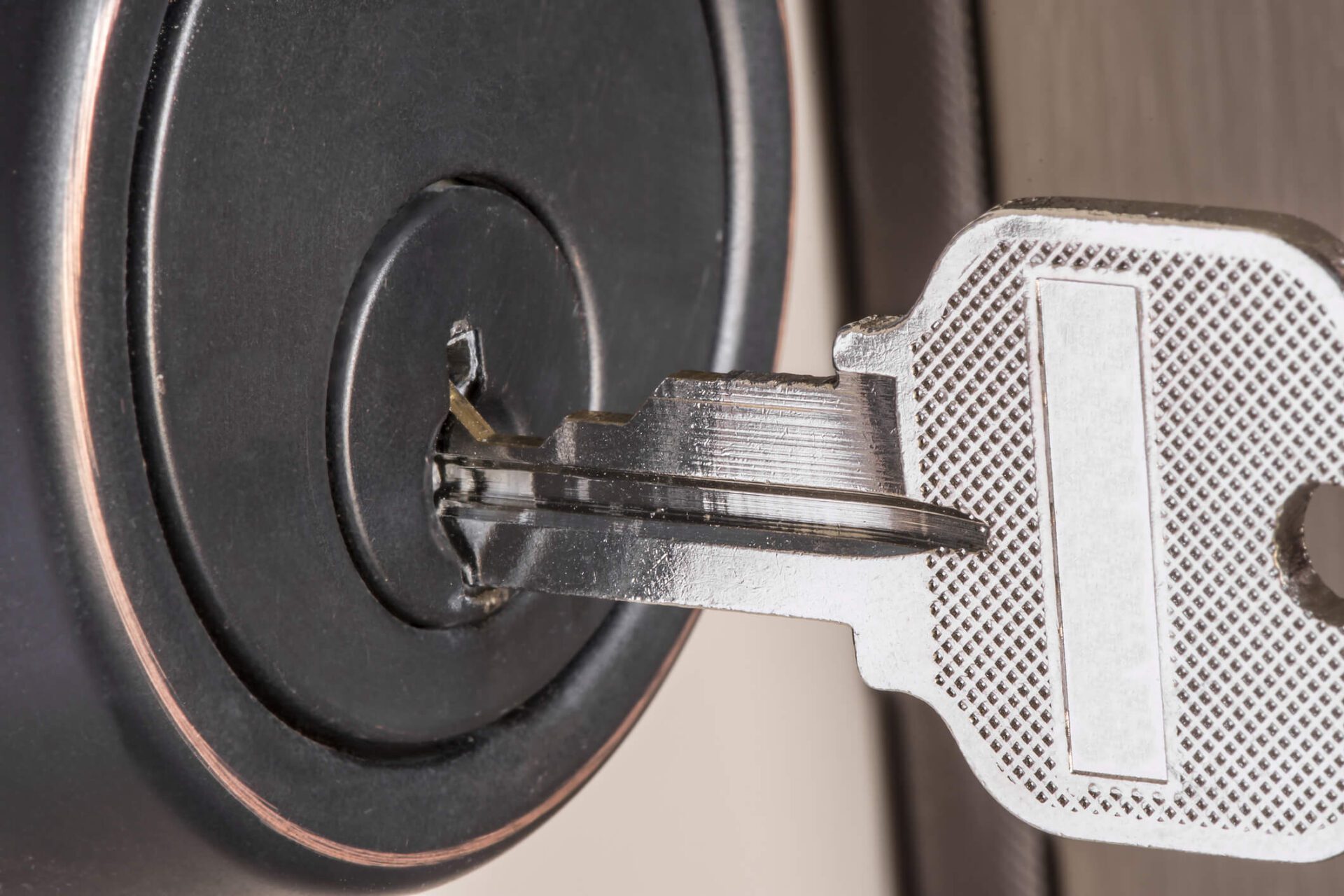Lock issues are something most of us have encountered at one point or another, and they always seem to happen at the most inconvenient times. Whether it’s a stiff lock, a broken key, or a door that just won’t latch properly, understanding the common problems and their solutions can save you from unnecessary stress.
At Chelmsford Lock and Safe Company, this month’s blog we’ll explore a few of the most frequent lock-related headaches and how to deal with them. For information, call us in Chelmsford on 01245 352564.
Contact Chelmsford Lock and Safe Company for all your Locksmith Needs
Call Your Local Locksmiths in Essex
Stiff Or Jammed Locks
You know the feeling – struggling to turn the key in a lock that seems to have a mind of its own. Stiff or jammed locks are a common issue, often caused by dirt, rust, or wear and tear.
The solution? Regularly lubricate your locks with a graphite spray to reduce friction and keep things moving smoothly. If the problem persists, it might be time to call in a locksmith to identify and address the underlying cause.
Key Breaks In The Lock
Breaking a key inside a lock is not only inconvenient but can also be a bit panic-inducing. This issue often occurs when using weakened keys or applying too much force during turning.
To avoid this, replace worn keys promptly and use a gentle hand when unlocking doors. If a key does break, it’s best to seek professional assistance to safely extract the broken piece without causing further damage.
Misaligned Door And Latch
Doors can shift over time, leading to misalignment with the latch. When this happens, your lock might not engage properly, compromising security.
To address this issue, adjust the door hinges to ensure proper alignment. If you find yourself struggling to fix the problem, a locksmith can step in, realign the door, and make any necessary adjustments to the lock.
Frozen Locks In Winter
For those in colder climates, frozen locks can be a winter woe. The last thing you need on a frosty morning is a lock that won’t budge. The solution here is to use a de-icing solution or gently heat the key before inserting it into the lock. Avoid using excessive force, as this can damage the lock. If the problem persists, it’s time to consult with a professional locksmith.


